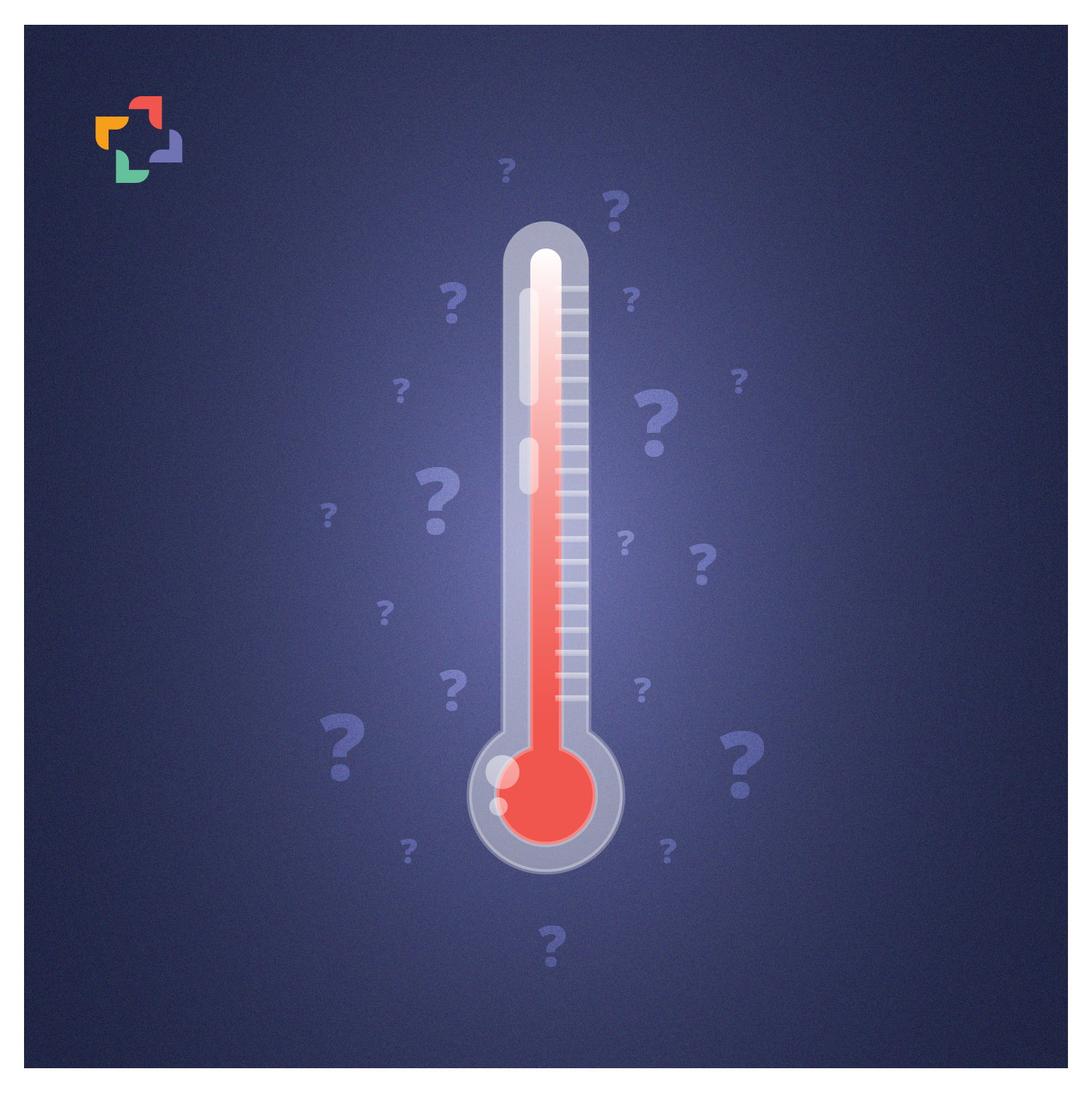Fever Without a Source
Learning Objectives
At the end of this course, participants should be able to:
- Comprehend the definition and clinical significance of Fever Without a Source (FWS)
- Acquire the essential history-taking skills necessary for evaluating a patient with FWS
- Identify the most common occult bacterial infections in febrile patients without an identifiable source
- Develop a systematic approach to categorizing and managing children presenting with fever
Intended Audience:
This online course is designed for pediatricians, family physicians, and pediatric nurses.
Abstract:
Fever is one of the most common presentations in the pediatric emergency department as well as primary care setting. While most children recover spontaneously from self-limiting infections, serious infections can lead to long-term sequelae and even mortality. In 50-60% of cases, children presenting with fever have an identifiable etiology, such as acute otitis media (AOM), viral illnesses, croup, COVID-19, influenza, and more. However, when history and examination findings are insufficient to determine a specific source, there is an increased likelihood of serious and occult bacterial infections. A fever lasting less than 7 days without a clear focus of infection after a complete examination is termed Fever Without a Source (FWS), Fever Without Localizing Signs (FWLS), or Fever Without Focus (FWF). Despite the prevalence of fevers as a chief complaint, there is considerable controversy in the management of young children with FWS. The challenge lies in balancing the minimization of patient risk with the costs of testing and treatment. In this online course, we will explore several bacterial infections commonly associated with FWS in children aged 3-36 months. We will delve into the diagnostic approach required for these types of fevers, emphasizing the importance of thorough evaluation and management to ensure optimal patient outcomes.
Assessment and Earning CME Credit:
This course in English is not CME-accredited. However, it provides valuable educational content that can enhance your knowledge and skills in the subject matter.

Dr. Edith Haghnazarian
Dr. Edith Haghnazarian is a pediatrician based in Los Angeles, California. She is an Armenian-Iranian born and raised in Tehran, Iran. She studied medicine at Tehran University of Medical Sciences, graduating in 2014. Dr. Haghnazarian was a practicing physician and managed a labor and delivery unit in rural Iran for two years post-graduation. In 2016, she relocated to the United States to further her medical training. She held research positions in neonatal medicine and child development at Children's Hospital Los Angeles (CHLA), the University of California, Los Angeles (UCLA), and Harbor-UCLA Medical Center. Edith completed her pediatric internship and residency at CHLA in 2022.Currently, Dr. Haghnazarian serves as an attending pediatrician in the emergency room at CHLA and as a general pediatrician in Los Angeles. She has presented at UN and other global events and published papers on the topics of global health, climate change, immigrant health, and gender equality. As an immigrant, Dr. Haghnazarian is committed to a culturally sensitive approach in her practice, ensuring that her patients receive care that acknowledges and respects their diverse backgrounds.
